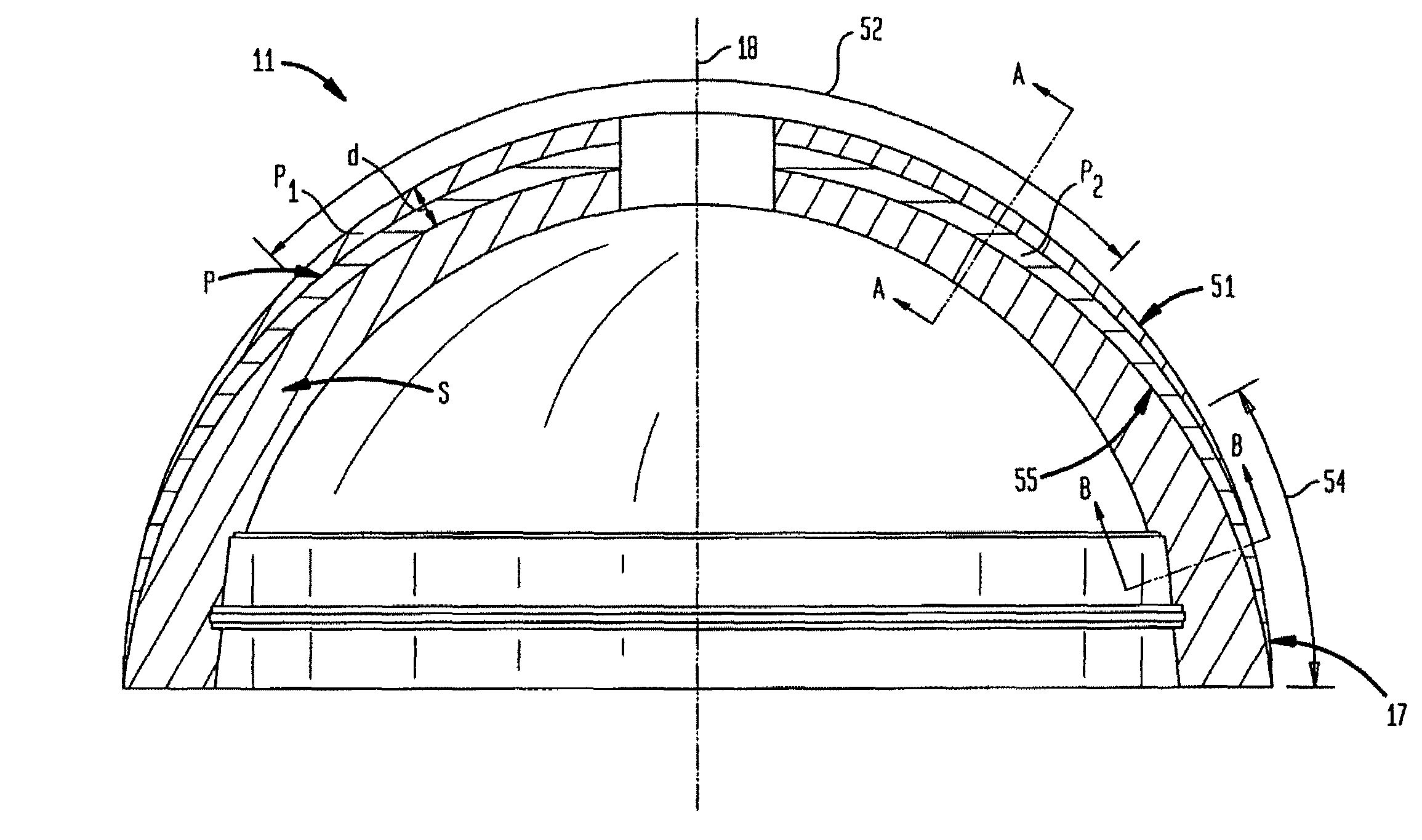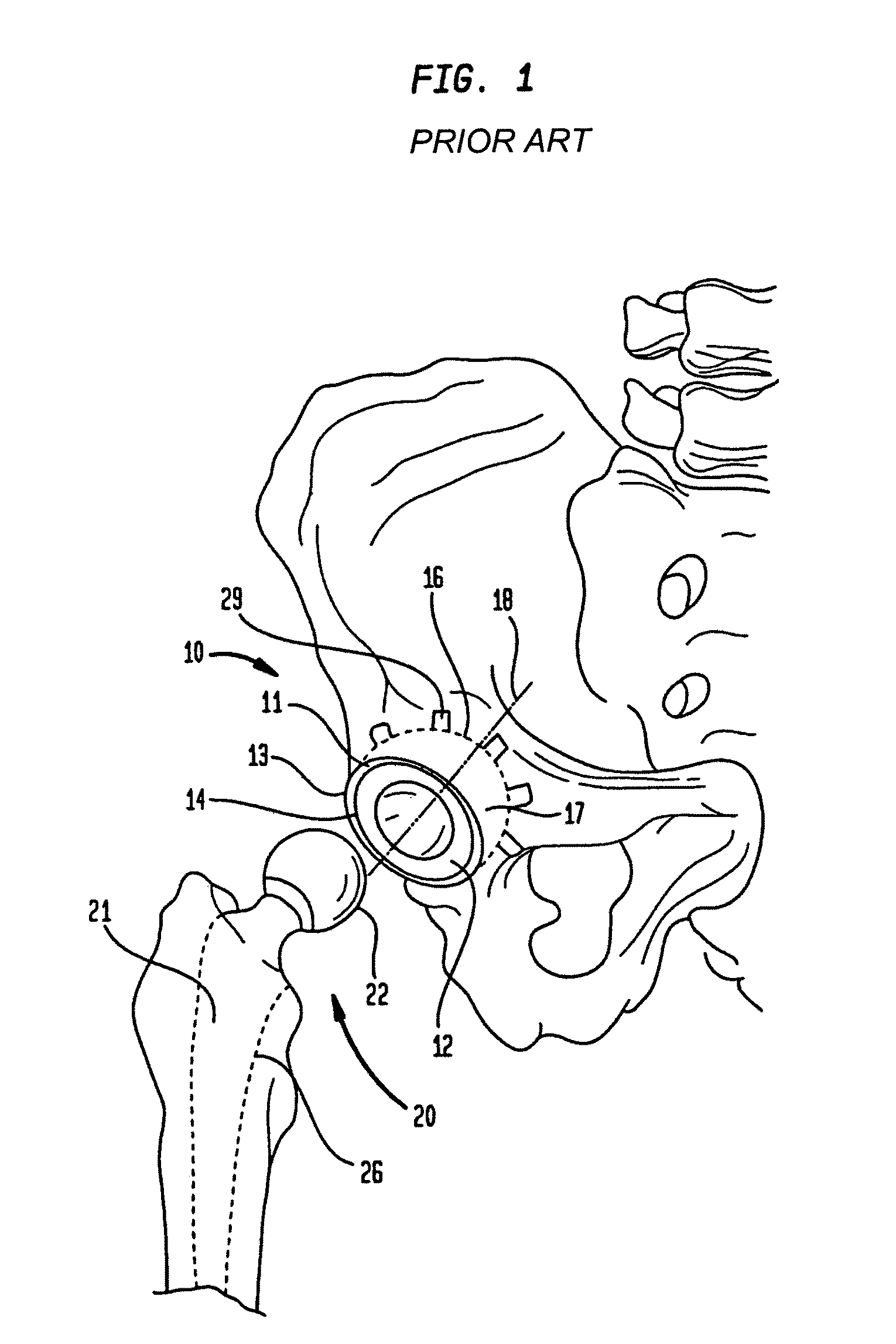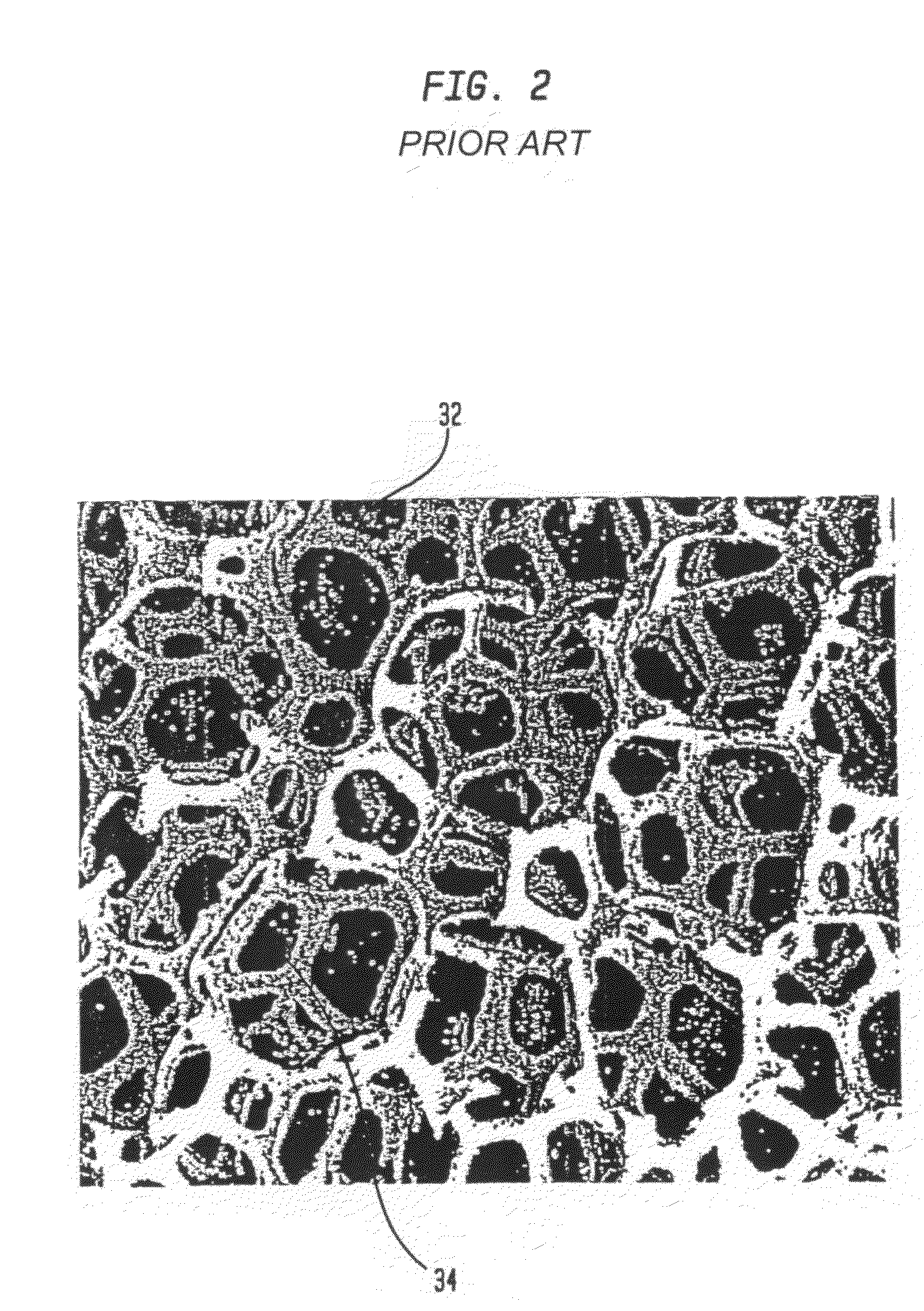Gradient porous implant
a porous implant and grade technology, applied in the direction of prosthesis, osteosynthesis device, superimposed coating process, etc., can solve the problems of high undesirable replacement of the implanted implant, limited range of motion, and deterioration of the human bone structure, so as to optimize the performance of the implanted medical device, control the pore characteristics, and the effect of strength, elasticity and configuration
- Summary
- Abstract
- Description
- Claims
- Application Information
AI Technical Summary
Benefits of technology
Problems solved by technology
Method used
Image
Examples
Embodiment Construction
[0067]In accordance with one embodiment, the invention provides a porous metallic foam or foam-like structure suitable for medical device application, especially for orthopedic implants with gradient pore characteristics. The porous metal foam structure has pores defined by metal struts or webs wherein the porous structure has directionally controlled pore characteristics. The pore characteristics controlled include one or more of the metal foam porosity, pore size, pore shape, pore size distribution and web thickness. The pore characteristics may vary in one or more directions throughout the structure. It will be understood that although, for reasons of clarity, the primary varying pore characteristics discussed will be the porosity and pore size, a person of skill in the art will understand the applicability of the various apparatus and methods disclosed to other pore characteristics.
[0068]Preferably the pore characteristics are selectively modified to adapt the porous metal foam ...
PUM
| Property | Measurement | Unit |
|---|---|---|
| thickness | aaaaa | aaaaa |
| porosity | aaaaa | aaaaa |
| porosity | aaaaa | aaaaa |
Abstract
Description
Claims
Application Information
 Login to View More
Login to View More - R&D
- Intellectual Property
- Life Sciences
- Materials
- Tech Scout
- Unparalleled Data Quality
- Higher Quality Content
- 60% Fewer Hallucinations
Browse by: Latest US Patents, China's latest patents, Technical Efficacy Thesaurus, Application Domain, Technology Topic, Popular Technical Reports.
© 2025 PatSnap. All rights reserved.Legal|Privacy policy|Modern Slavery Act Transparency Statement|Sitemap|About US| Contact US: help@patsnap.com



